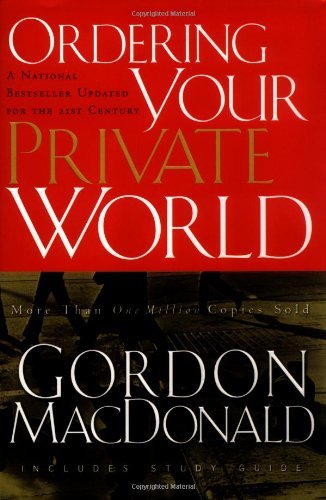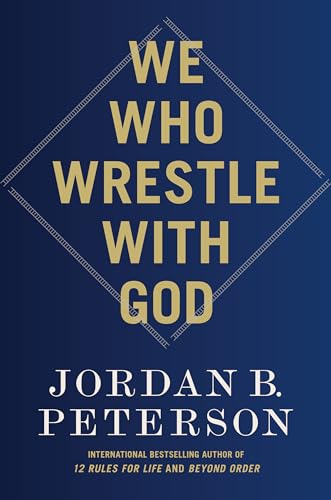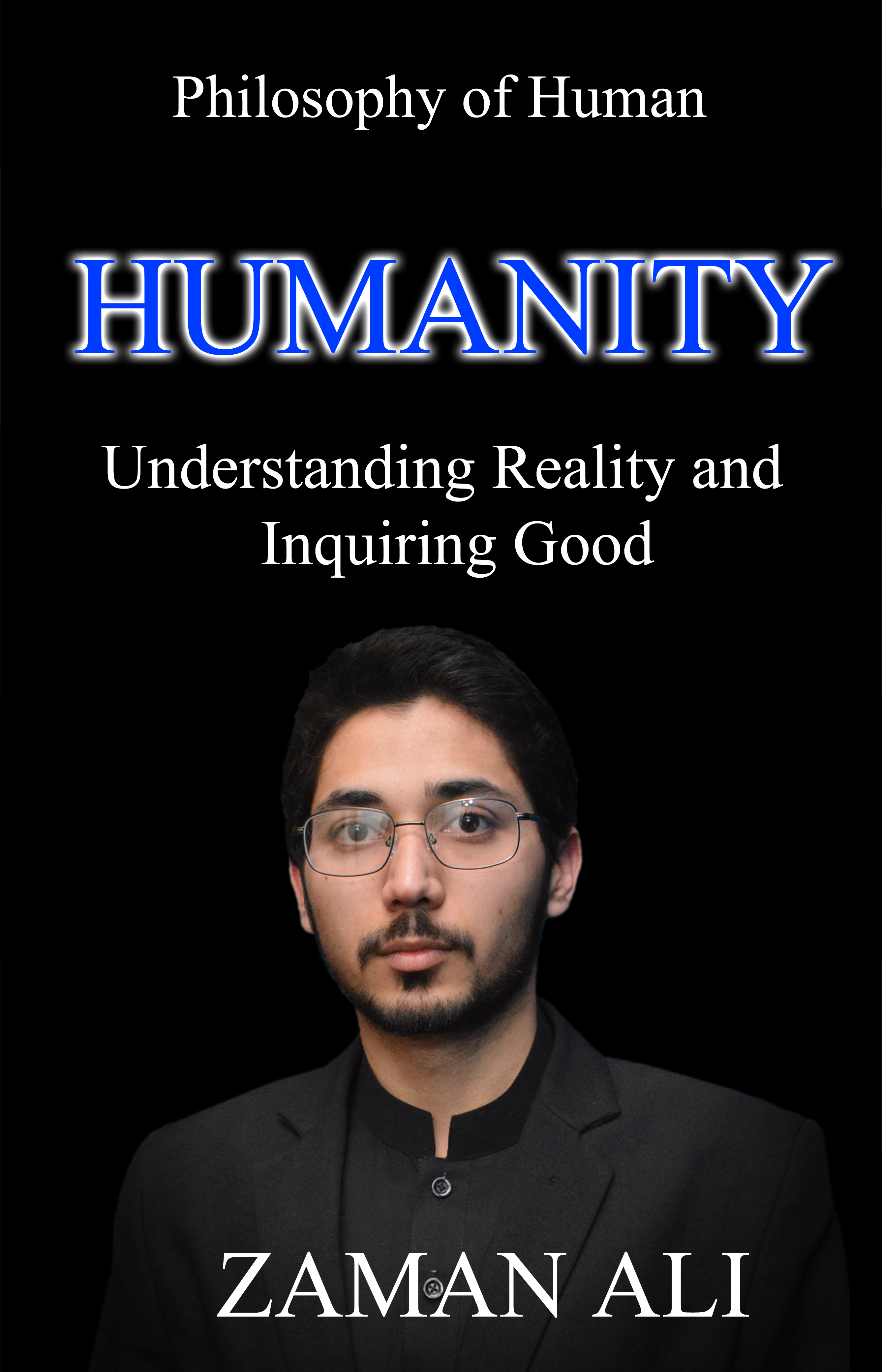
Beyond Order: 12 More Rules For Life
Book Description
Life is a chaotic struggle, demanding courage and clarity. In "Beyond Order: 12 More Rules for Life," Jordan B. Peterson unveils a powerful roadmap for navigating the storm within and around us. With fierce insights and compelling narratives, he delves into the depths of human experience, illuminating the tension between chaos and order while offering practical wisdom to rise above despair. Each rule serves as a rallying cry for those seeking meaning in a fractured world. Are you ready to confront the complexities of existence and reclaim your life with boldness and purpose?
Quick Book Summary
"Beyond Order: 12 More Rules for Life" by Jordan B. Peterson expands upon his previous work, offering readers practical guidance for facing life's inherent chaos. Through personal anecdotes, historical references, and psychological insights, Peterson explores the tension between the human desire for stability and the unavoidable uncertainty of existence. He emphasizes that meaning is found not in avoiding disorder but in confronting it courageously, integrating both tradition and innovation. Each of the twelve new rules is designed to help individuals cultivate resilience, embrace responsibility, and find balance in a complex, rapidly changing world. The book serves as both a philosophical meditation and a hands-on manual, urging readers to move beyond comfort, strengthen character, and pursue a purposeful life amidst turmoil.
Summary of Key Ideas
Table of Contents
Balancing Order and Chaos
Peterson begins by acknowledging the inevitable presence of chaos and the human inclination toward order. He contends that while structure provides security, overreliance on routine can stifle growth and adaptability. Life, he argues, is perpetually caught between these poles, and true flourishing emerges when individuals navigate this tension skillfully. By promoting engagement with the unknown, he frames personal development as a dynamic process that requires both discipline and openness to new experiences.
Cultivating Courage and Responsibility
Central to the book is the idea that courage and responsibility are foundational virtues for overcoming suffering and uncertainty. Peterson illustrates, through vivid stories and clinical examples, that facing fears and accepting burdens not only leads to personal transformation but also strengthens communities. He sees responsibility, especially toward family and broader society, as a remedy for meaninglessness and despair. This ethos underpins each rule, serving both as a warning against passivity and a call to moral action.
Embracing Change and Innovation
Change is presented not as a threat, but as a vital force to be integrated into one’s life. Peterson warns against rigid ideologies and the dangers of clinging exclusively to the familiar. By embracing change and fostering creative thinking, individuals can adapt more effectively to an often unpredictable world. He highlights the importance of discernment, suggesting that adopting change wisely balances the need for novelty with the wisdom of tradition.
Finding Meaning in Suffering
Peterson weaves together philosophical and psychological perspectives on suffering, arguing that while pain is inescapable, it can catalyze growth and meaning when approached with the right mindset. He draws from mythology, personal loss, and clinical practice to show how individuals can endure hardship without succumbing to cynicism. This perspective reframes suffering as an opportunity for fortitude, compassion, and self-understanding, rather than merely an obstacle to avoid.
Building Resilience Through Adversity
The concluding themes stress the value of resilience—the ability to withstand and adapt to adversity—as an essential skill for thriving in both personal and societal domains. Peterson asserts that developing resilience is not a passive process but one shaped by deliberate choices, disciplined habits, and supportive relationships. He calls on readers to build structures that encourage growth not only for themselves but for others, fostering a sense of interconnectedness and shared purpose amidst a tumultuous era.
Download This Summary
Get a free PDF of this summary instantly — no email required.





